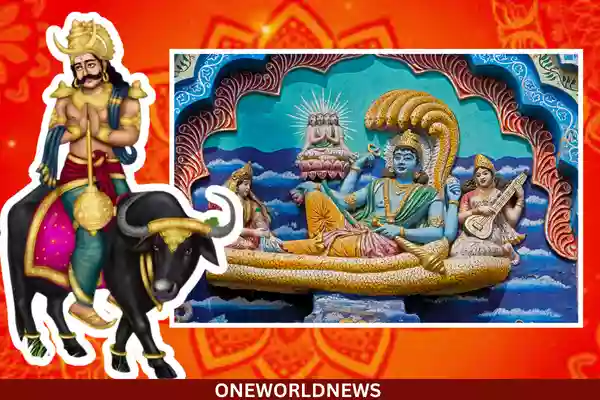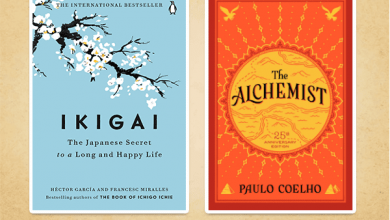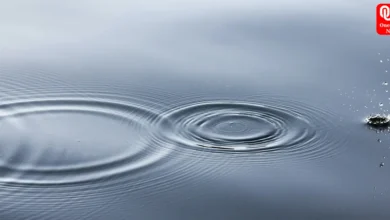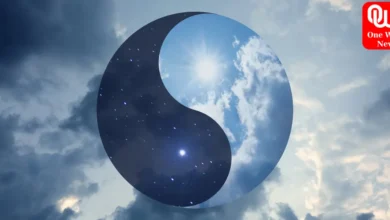
The essence of Narak Chaturdashi Puja (Choti Diwali)
Every festival carries a great and enriched history, and festivals are all about fun, food, Masti, and fashion, aren’t they? The day before Diwali is celebrated as Narak Chaturdashi or ‘Choti Diwali’.
As the name suggests, this is Diwali on a small scale, but people celebrate it on a large scale. This year Choti Diwali is observed on 23rd October 2022. Moreover, celebrations are expected to double as Dhanteras and Narak Chaturdashi fall on the same day.
How is Narak Chaturdashi Puja performed?
On the morning of Choti Diwali, the family makes beautiful, coloured rangoli in the doorway and courtyard. Tiny footprints made of rice paste are a unique feature of the Rangolis made for Diwali.
These tiny footprints are actually the symbols of the goddess Lakshmi. In Hindu homes, Choti Diwali celebrations involve a ritual puja to Goddess Lakshmi and Rama in the evening. Songs in honour of the god are sung, and aarti is performed.
History behind this Narak Chaturdasi
Well, everyone is very well aware of why we celebrate Diwali; we do so because, on this day, Lord Rama and his beloved wife Goddess Sita and Lord Rama’s brother Lord Lakshman come back to their palace after spending 14 years in a jungle. But do you know why we celebrate Choti Diwali or Narak Chaturdashi?

The story goes like this the demon king Narakasur, ruler of Pragjyotishpur (a province to the South of Nepal), after defeating Lord Indra, snatched away the magnificent earrings of Aditi, the Mother Goddess (the ruler of Suraloka and a relative of Satyabhama, Lord Krishna’s wife) and imprisoned sixteen thousand daughters of the gods and saints in his harem.
On coming to know about this brutal incident, Satyabhama was enraged and angry by Narakasura’s malevolence towards women. She appealed to Krishna to give her a golden chance to destroy Narakasura.
The legend also says that Narakasura was given a boon that he would be killed by a woman. Krishna granted Satyabhama a boon to fight with Narakasura. With Krishna as the backbone, Satyabhama entered the battlefield. As Lord Krishna was with truth, Satyabhama killed the demon. After Narakasura was beheaded, the imprisoned women were released, and Krishna accepted to marry them.
So, on the day previous to Narak Chaturdashi, Lord Krishna’s divine intervention led to the killing of the demon, Narakasura and the liberation of the imprisoned women and the recovery of the precious earrings of Aditi.
Lord Krishna smeared his forehead with the demon king’s blood as a symbol of that victory. Krishna returned home in the very early morning of the Naraka Chaturdashi day.
The womenfolk massaged scented oil to his body and gave him a suitable bath to wash away the filth from his body. Since then, bathing before sunrise on this day has become a traditional practice, especially in Maharashtra. Therefore, taking a bath before sunrise on this day is like a blessing from a god.
It is interesting to note that Bhudevi, mother of the slain Narakasura, declared that his death should not be a day of mourning but an occasion to celebrate and rejoice. Since then, Deepavali has been marked by people every year with joyous celebrations with a lot of fun and frolic, and fireworks.
According to Hindu mythology, the one who lights 13 diyas during Dhanteras and Diwali will be blessed with good health and prosperity.
Happy Choti Diwali, guys!
Edit- Ayushi Mittal








